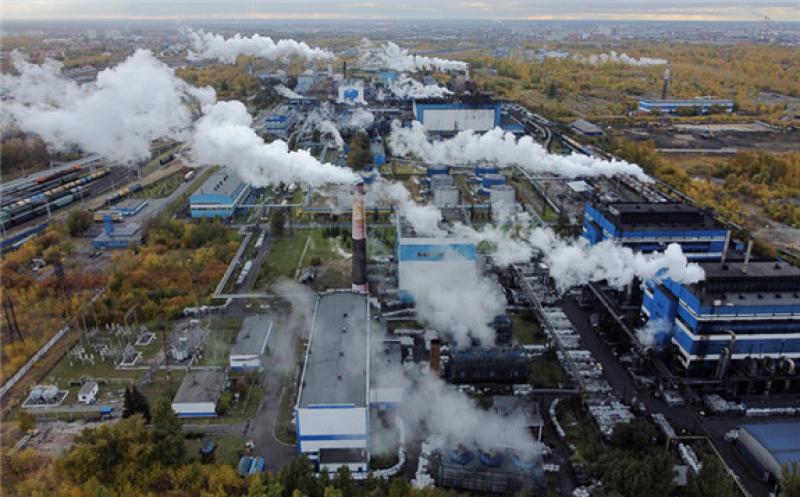Russia is looking to its vast forests to help it cut its net greenhouse gas (GHG) emissions by 60pc over the next 30 years.

The country's 2050 low-carbon strategy, approved by the government on 29 October and published on 1 November, outlines an "intensive scenario" in which net emissions are reduced to 630mn t of CO2 equivalent (CO2e) in 2050 from 1.58bn t in 2019. The aim is to cut total emissions to 1.83bn t from 2.12bn t over that period and to increase the capacity of forests to absorb GHGs by 665mn t/yr to 1.2bn t/yr by 2050.
The government has made the strategy public as the UN Cop 26 climate conference gets underway in Glasgow. Russian president Vladimir Putin has decided not to participate in the summit in person, although a pre-recorded video speech will be presented during one of the sessions on forest management, according to state-run news agency Tass.
Russia's low-carbon strategy also lays out an "inertial scenario" that assumes the absorptive capacity of the country's forests remains unchanged at 535mn t/yr of CO2e. Even with greater use of renewable energy sources, more efficient equipment in the energy, metals and chemical industries, and reduced energy losses in buildings and transport, Russia's total and net GHG emissions will be higher in 2050 than in 2019 under this scenario, according to the strategy document.
The intensive scenario assumes that the Russian government will set higher ecological standards for industry and will provide financial and other incentives to cut emissions and increase carbon capture, including the creation of a carbon quota system and certificates of origin for power generated from low-carbon sources. The intensive scenario also anticipates wider use of renewables in the energy sector, greater use of hydrogen in the metals and chemical industries, and faster growth in the use of electric vehicles compared with the inertial scenario.
Russia will increase power generation from gas-fired, nuclear and hydropower plants and from renewables by 2050, and the country will implement cleaner technologies at coal-fired plants to reduce their carbon footprint, according to the strategy. And to raise the absorptive capacity of forests and other ecosystems, Russia will need to increase their size and gradually replace forests that only contain one type of tree with mixed forests that can absorb more GHGs, the document says.
The economic development ministry submitted the final draft of the low-carbon strategy to the government last month. The Russian economy will grow by 3pc/yr in 2031-50 if the country follows the intensive scenario of low-carbon development and by just 1.5pc/yr if it goes down the inertial scenario path, the strategy indicates, adding that the higher economic growth in the intensive scenario will come from increased non-energy exports.